Ping i25 Irons Review
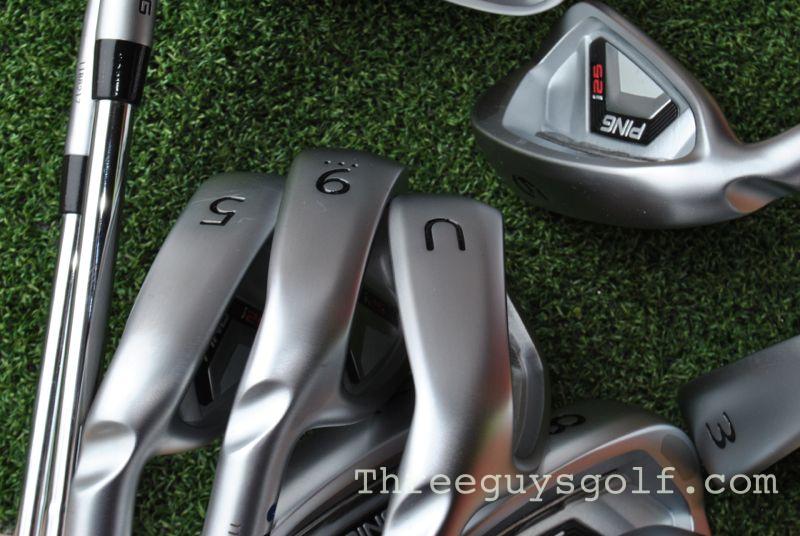
It’s Ping-apalooza here at Three Guys, with Mathew reviewing the Ping G25 irons and Wade reviewing the Ping S55 irons, and I’ve spent the last few with the i25’s. With that I give you the Ping i25 irons review.
First, let me give you the technical scoop. The Ping i25s are intended for players that reside in that gap between the game-improvement G series and the low handicapper/professional S series irons. The predecessor, the i20 iron, was a successful product for Ping and the i25 is an evolution of the same bloodline. The i25s are designed as a progressive set, with forgiveness and high-launch characteristics in the long irons giving way to softer, feel-oriented short irons. The intended demographic appears to be mid-handicapper with a good stroke all the way up to tour players (Kirk Triplett is the only Tour Pro I could confirm to have them in the bag, but hey, that’s enough).
Ping accomplishes this progressive concept by utilizing wider soles, longer blade lengths, and more offset on the long irons (leaning more towards game-improvement characteristics), while the short irons have a smaller blade, less offset, and a narrower sole. I’m boring you to death, but Ping has also utilized weighting to achieve it’s desired center of gravity by way of the “Custom Tuning Port”, which allows them to manipulate the center of gravity on each iron.
My first step in getting my mitts on the Ping i25 irons was completing the nFlight Web Fitting process that Ping offers through their website. Ping considers themselves to be the leader in custom-fitting, and my childhood memories of them being the only folks with color codes and various graphs hanging on golf store walls makes me inclined to believe them. That said, I was actually a bit surprised that Ping would endorse online clubfitting, as obviously nothing beats actually taking some swipes and having a proper session, but I guess this is the age we live in. Anyway, the nFlight program starts with easy enough questions, learning your handicap, height, distance from wrist to floor, hand length, and length of your longest finger. That last one may sound a bit too personal, but Ping actually provided me with a “duh” moment when I realized they were interested in customizing my grip size, which makes total sense. For folks with hands like carnies, perhaps a smaller grip would be helpful, right? nFLight then walks you through your current clubs, how far you hit them now and with what trajectory, then what your desired trajectory would be. All in all, there is enough data going in that you have reasonable confidence that Ping is hooking you up with the right set of sticks.
One thing to note, however, is that I initially misread the question of how long my driver goes, thinking they meant carry, and I was prescribed a set of Karsten hybrid/iron combos with a regular flex shaft, which would have been a huge disappointment had they turned up at my door (they are super game-improvement clubs, not what I’m looking for). Luckily, I knew enough about requiring a stiff flex that I went back and did the process over, feeling better about the results the second time. So like anything, go in with your eyes open because the slightest tweak of certain variables will drastically alter the recommended clubs and shafts. Wade actually mentioned the same thing in his S55 post, so . . . you’ve been warned.
Anyway, doctor’s orders were for the Ping i25s with stiff steel shafts (Ping CFS), a blue color code for lie angle (0.75 upright), and a grip code of aqua. Bring it!
Real quick about me and Pings. Since day 1 I was keenly aware that Ping was making top-caliber sticks because, I swear, for the first 5 years I played golf almost every good golfer I got paired up with was wielding a set of Ping Eye 2s. I’m talking almost EVERY time I played with a legit baller, he had the Eye 2s. Being a lefty, I never got a chance to try them out until they were long discontinued and I was foraging 2irons out of a Play It Again Sports barrel (hint, it’s not the same). But because I had Ping on the brain, every time I got fitted for a new set I would be sure to give the Pings a whirl, and every time I would come away just thinking that the Ping feel was too “soft” for me. Pings struck me kind of like Saabs – their owners are fiercely loyal and way into something that might not be my cup of tea, but their decision is to be respected. As it went, I would always get hooked on a set of irons that had a harder, more explosive feeling at impact and the Pings would go back on the shelf.
Ping has also changed the looks of their clubs pretty significantly over the years, but they always seem to retain a bit of the funky-shape-deal that was started with the Eye 2s and Ping Zings; I expected to get a bit of that vibe somehow with the i25s. Well, overall the i25s have fairly traditional, smart, handsome looks, but of course they still have that Ping character in the shape. This is the worst paragraph I have ever written, by the way, my apologies. Basically they look like Pings . . . just look at the pictures, leave me alone.
At address, I immediately fell in love with the blue color code . . . the slightly flatter lie angle was a perfect fit and, unexpectedly, a sight for sore eyes because I had always been fitted for standard length/lie and never knew a club could rest so much better at address. Now, one could argue that my in-person fittings should probably trump anything based just on my wrist-to-floor numbers, but in hindsight I can remember the various pros kind of hustling through my fitting process and breezily declaring that I am standard. Who knows . . . at this point I’m gonna call this one 50/50.
Another thing you immediately notice at address is that the i25 does indeed progress from longer, slightly thicker blades in the long irons to shorter, thinner on the short irons. Nothing so obvious that it seems gimmicky, I just remember looking at the 7 iron and thinking “if my 3 iron has a similar profile, I’m in trouble”. Alas, when I set up with the 3 iron it was a bit more confidence inspiring with a thicker topline and overall larger clubface. I should clarify that I currently play Titleist AP1s, and while I always thought that even Titleist’s game-improvement iron still leans toward the “player” end of the spectrum, I immediately noticed that the i25 was less chunky and definitely more of a player club.
That theme continued when I started smashing pills, as I quickly learned what it felt like to hit a club that leans more towards the player side. The i25s had a much more refined, delicate, and precise feel to them than my AP1s, which feel more like they are just smashing through the turf and ball like The Hulk. With the i25s, I was feeling a click/thump combination, and I wasn’t yet sure whether to attribute that to the “player club” aspect or to the softer feel that I always expect from Ping. This sounds like a cop-out, but I think the answer is both. The only way I can possibly make sense from this point is to just separate the 3-7 irons from the 8 and up.
When hitting the long and mid irons, it was easy to see the results of Ping’s efforts to create a high-launch club. Because I am coming from the AP1s that are – turns out – definitely game-improvement irons, I was to this point unaware of how bad a mis-hit could actually feel. Relatively speaking, the i25s would produce Simon Cowell-like negative feedback, but I would look up and see the ball doing a decent job of going where I wanted it to. So in that sense they are forgiving, because mis-hits are not viciously punished by landing 50 yards short, but the unsatisfying feeling at impact would just leave me pissed and wanting another crack at it. Then every once in a while I would pure one, and the ball would rocket gloriously off the clubface and follow a perfect medium-high/boring trajectory that I would stare down all day. Even when I ripped it, though, I always had the feeling that I wasn’t getting all I could out of the club . . . perhaps this iron was best reserved for true studs. I DID rip that one though, so what gives? This is where I think Ping’s softer feel comes into play, and obviously it has to do with my own personal taste. I think Ping would agree that they have always provided a unique feel at impact with their irons, it’s part of their appeal to golfers. I do want to reiterate, however, that the contact always felt “clean”, like I was just picking the ball off of the turf and putting it on a very precise line of flight. Kind of a cool feeling when you are swinging well.
The fact is, ripped shots and slight mis-hits all flew on an ideal trajectory, with mis-hits being a tad lower and landing 0 – 10 yards short (pretty much what you would want out of a player-club-with-forgiveness). And for the record, on my first hole playing with the i25s I hit a circus-shot fade/slice around a tree that was a bit ridiculous and something I had never done with such authority with any other clubs, a testament to the “workability” of the i25s. Then I broke 70 for the first time. Now I’m lying.
When I got to the 8 iron and up, I was again faced with trying to sort out whether I was feeling the softness of a Ping or the softness of a player iron. Or at least that was the case for the first 3 swings, then I realized I didn’t give a damn because these things feel frick-en awe-some. Impact with the short irons feels soft, but not in a wimpy way – in an accurate way. I had no idea how “foggy” my AP1 short irons felt because I didn’t know any better. Every swing I made with the i25s gave me such precise feedback that I would look up already knowing what that egg was doing. I instantly became a convert to the blade side of life, like ‘this must be what everybody gets so lathered up about’ . . . I felt like I was carving iron shots with total accuracy, throwing darts. And the softer feel at impact was not a detraction, it was addictive. The trajectory was high, but not ballooning – it would go up in a hurry and go down in a hurry, at least that’s how it seemed to me.
So if you can’t already tell, I’m a believer in the i25s and their level of performance. The soft Ping feel is still there, but this time around it is less of a drawback for me. With the short irons, that soft feel is ridiculously sweet. With the long irons, I do crave a tiny bit more “smash” feedback when I pure one, but I really think it’s just a cleaner feel that Ping produces, and that is something I am not used to. I may grow to love it even more (as these i25s have taken up residence in my bag, btw), but obviously there are a ton of Ping loyalists who will find it superior right from the start . . . in other words, take my personal taste with a grain of salt because I could just be a total meathead. And as a final hammer onto your skull: if forced into a stream of consciousness regarding the vibe of the i25 irons, I would mutter very little about distance, even though they hit the ball as far as expected. Instead, the words “clean” and “precise” would just keep bubbling up to the surface.
I do want to make it clear to those on the hunt for new sticks – the “game-improvement” aspect of the long irons is relative. I do think that the word forgiveness gets thrown around WAY too much in the golf equipment industry, and we have to always question what the context is when we hear that word. The i25 long irons are certainly forgiving, as I have hit numerous shots not-so-great and watched them still land on greens, but there was a definite rap on the knuckles from the swing nuns on each of those strikes. So you can step up to the ball with confidence, just don’t get cocky, and bring at least your A- game. Anyway, I now understand the genius behind the concept of a progressive set, as I think every golfer could benefit from moving towards blade in the short irons, and the progressive concept allows us to keep the long irons within reach of our skill level.
My apologies for making my own game such a prominent part of this review, but I think it helps illustrate my takeaways from the i25s. Ultimately I think the i25s are clearly a premier set of irons, perfectly capable and accomplished in what they set out to be – a progressive set of irons that give a little assistance in the long irons and allow for true scoring feel in the short irons. If you hit the ball pretty well, you owe it to yourself to give these a run because even the short irons alone could open your eyes to something great. And if you are one of those low-handicappers, the i25s are a no brainer for your next clubtesting session – they will perform as well as any other top-tier club, and you could very well fall in love with that signature Ping feel.
You can learn more on the Ping website.


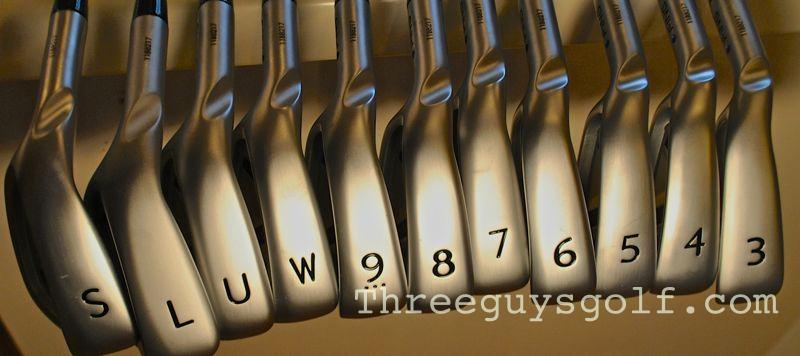
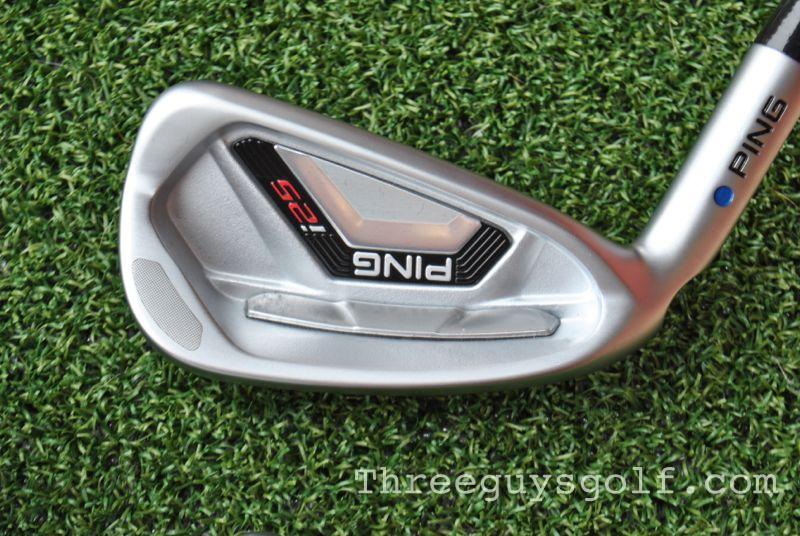
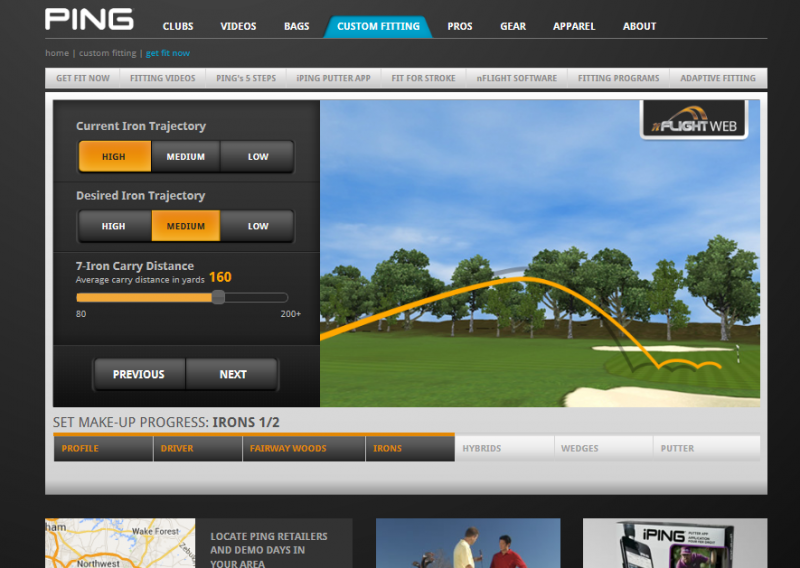
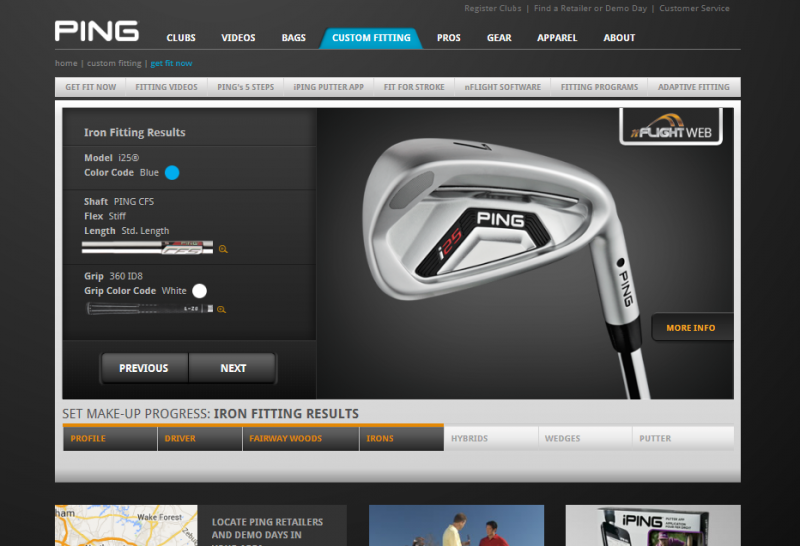
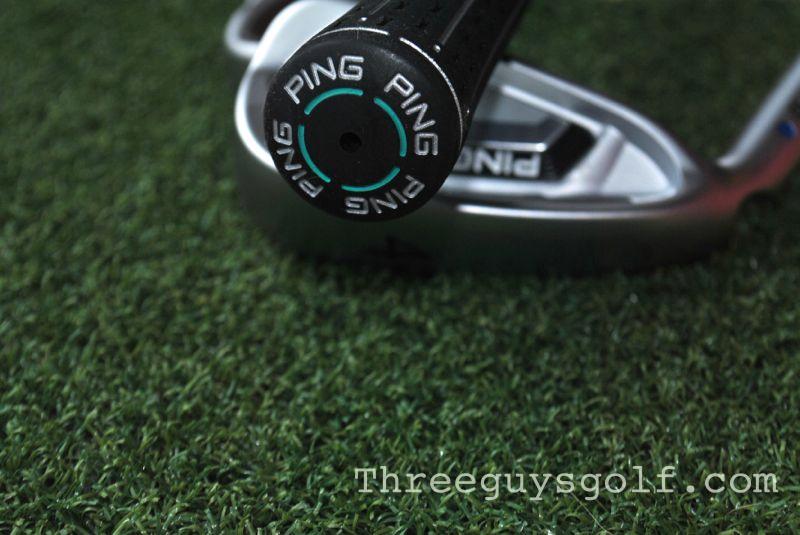
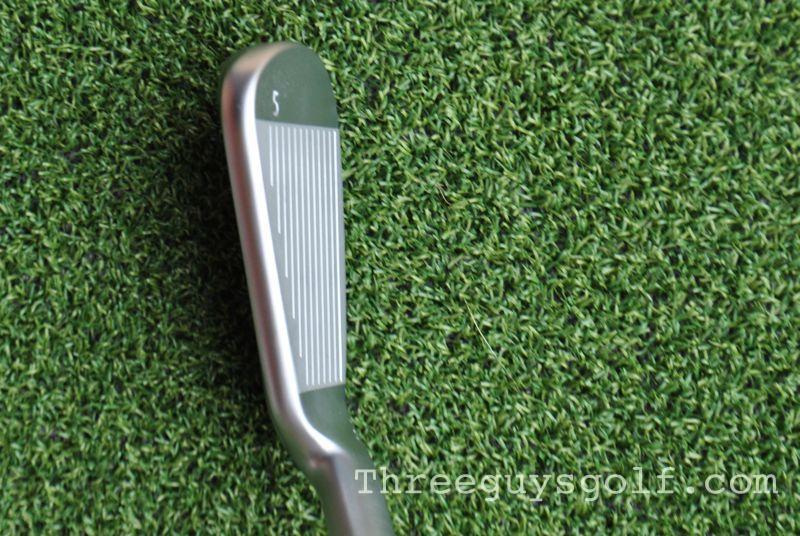
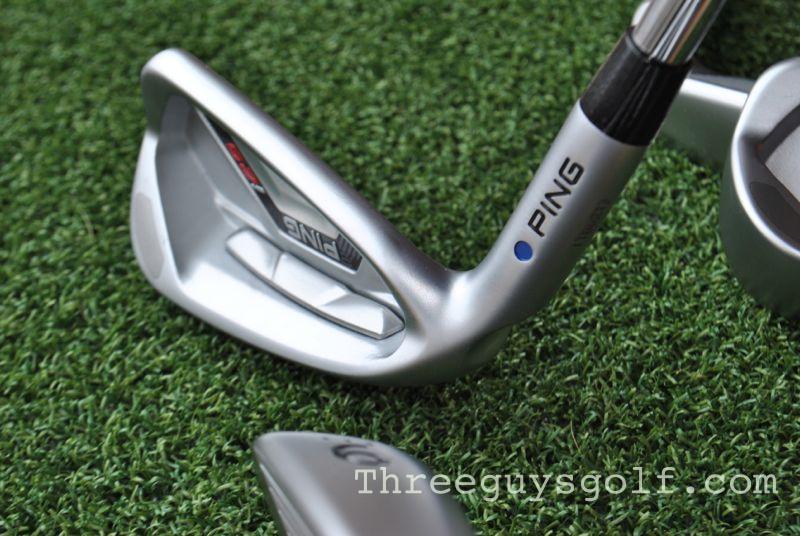
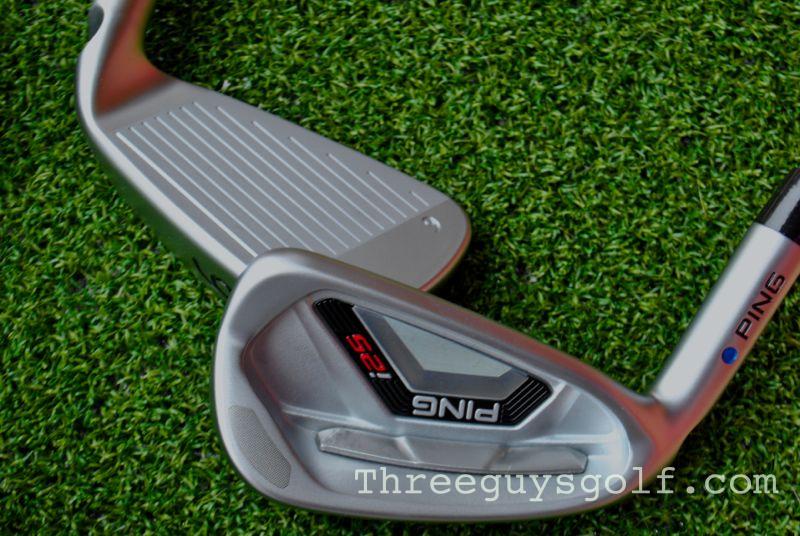
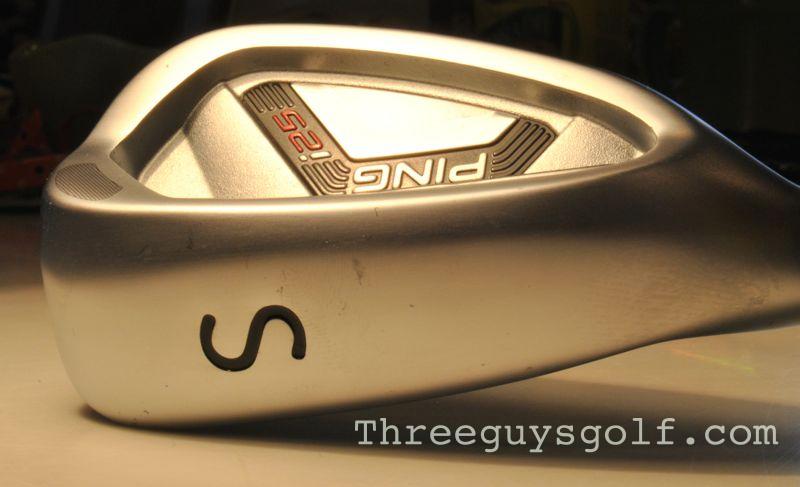
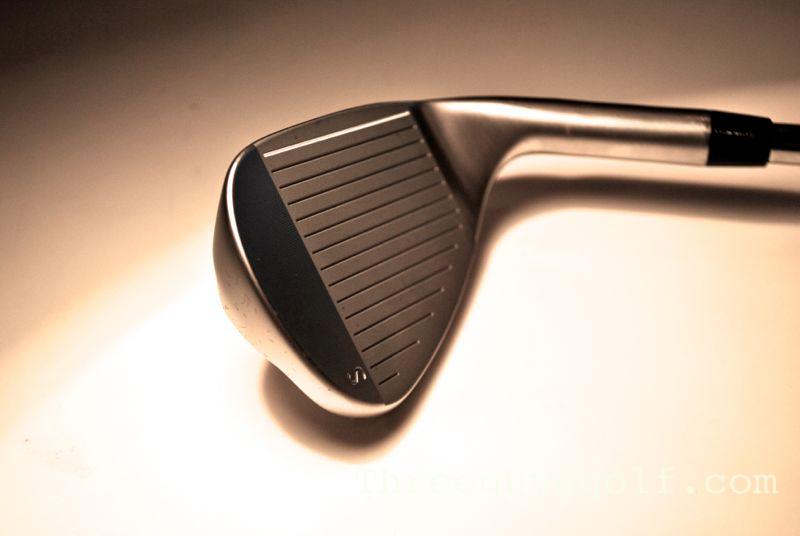
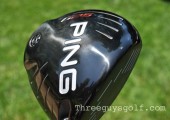
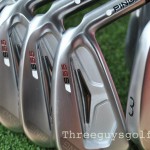
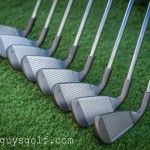
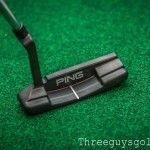
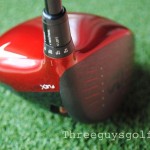
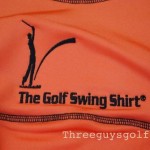
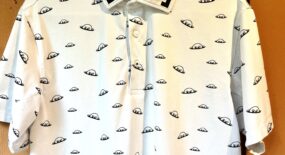
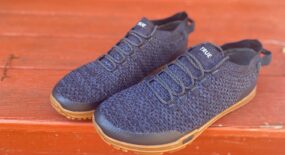

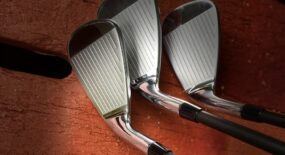
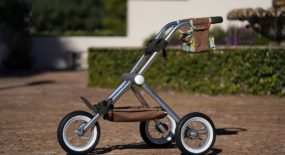
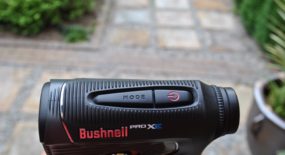
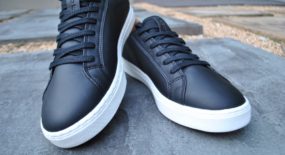

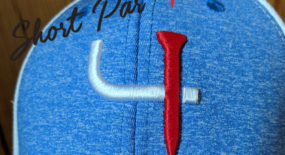

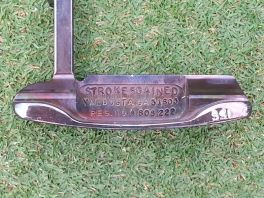
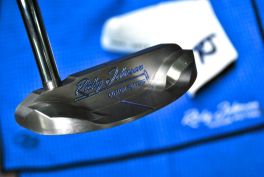
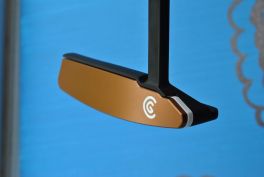
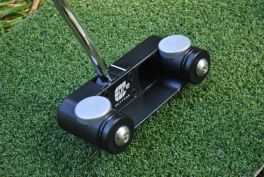
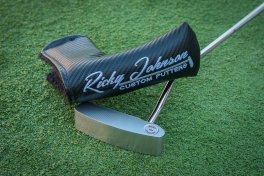
your clubs are actually upright not flat. blue = .75 up
Joey,
Good call, .75 up indeed. I must have shorter arms than I thought. Thanks for checking out the post and thanks for the smack across the forehead.
nice review. one question, from reading up on the ping site, is it true to say the shorter/scoring irons were designed to give a more penetrating flight? if so is that something you noticed?
Loren,
Thanks for reading and commenting. Yes, the shorter irons are designed to provide a flatter, more controllable trajectory, which in my mind means penetrating. I guess the only way it wouldn’t is if the clubs didn’t fly the proper distance, but the i25’s definitely covered plenty of ground with the slightly flatter line. And yes, I do get those results when playing the clubs. Keep in mind that I was comparing them to my old AP1s, which lean more towards game-improvement, so the i25s were definitely flatter and more controllable.
cool, thanks man. enjoyed reading that.
Hi Matt, enjoyed your review of the i25’s. I am an 18 handcapper and have been using Mizuno for a number of years, swearing blind never to change.I have used a set of MX25’s, now using a set of MP63’s. I have been impressed by the look and feel of the i25’s but have never tried them out. I do have a very high ball flight and the concern I have is that the i25’s may encourage an even higher flight resulting in a loss of some distance? any comments or info would be much appreciated.
thanks, clifford.
Clifford,
Thanks for reading. To answer your question: no, hell no. The Ping i25s are legit sticks all the way, nothing balloony that would take away from your distance. I understand what you are getting at with the comparison to the Mizunos, but the Pings will not be any sort of a step backwards by any means. I eluded to this in the post, but Pings to me are just an overall different feel, so you’ll either love them or you won’t. But the marketing schtick where they talk about “higher flight” is all relative – as an 18 handicapper, these irons will be plenty piercing for you. I think when they say higher trajectory they are speaking more towards the 2-5 handicappers that are thinking about trying the i25s versus the traditional blades they’ve been hitting.
Clifford,
You may even find with 7 to 9 iron you gain 2 to 3 Meters as the pings are 1* less loft than the mp63’s for those 3 irons.
Late to the party but as an aging former scratch player looking for far more consistency in iron play, would you still recommend these irons?